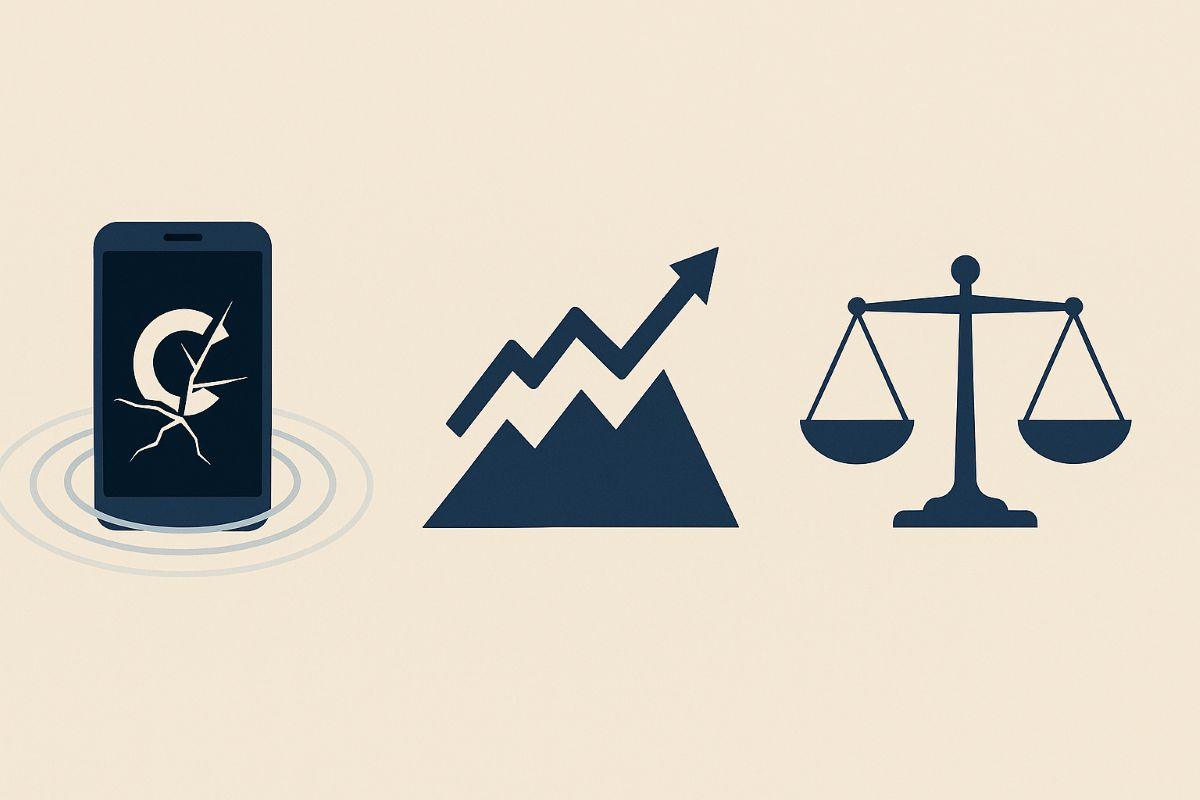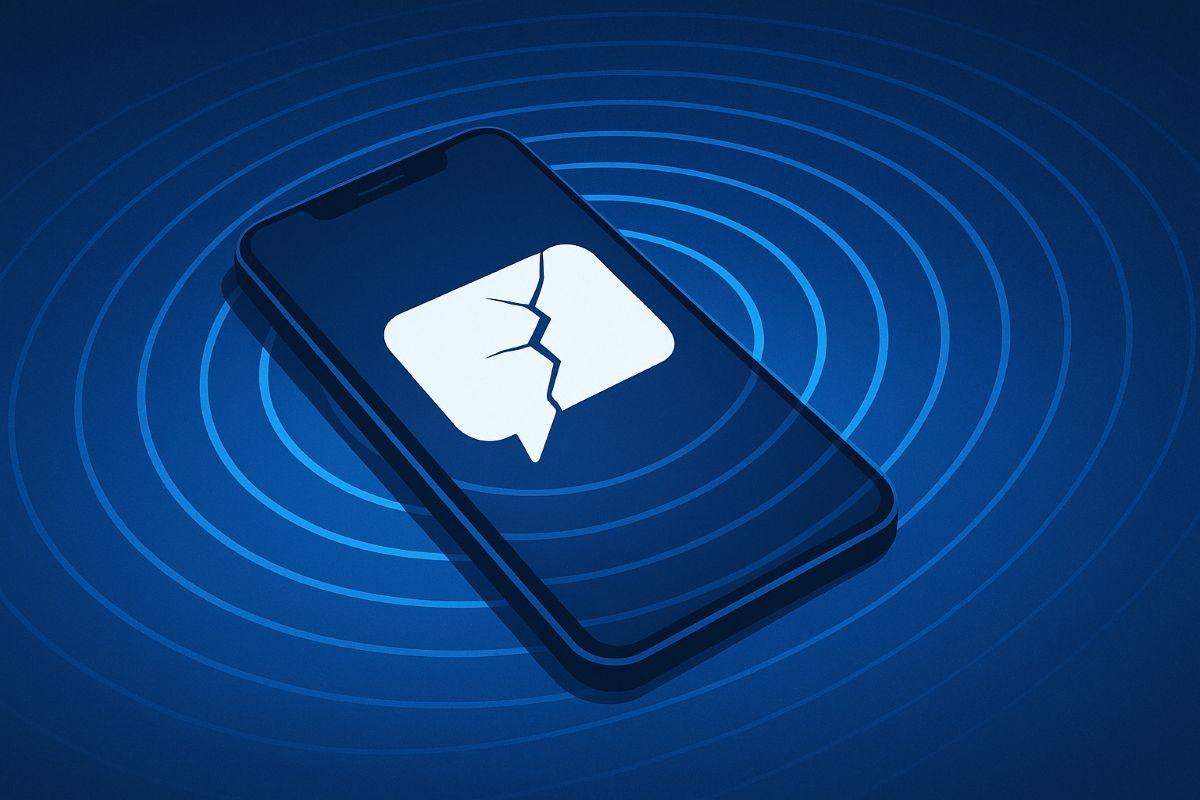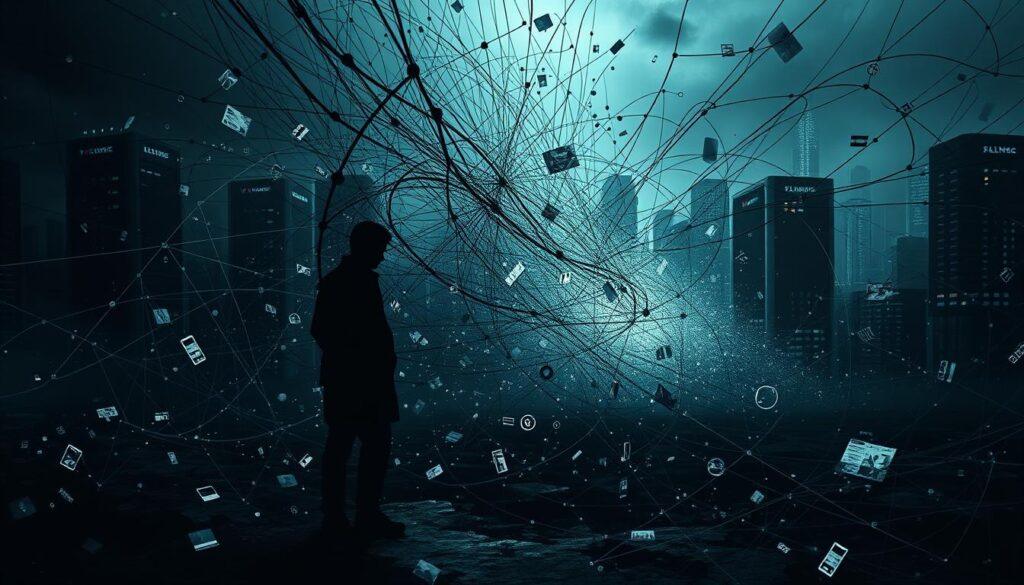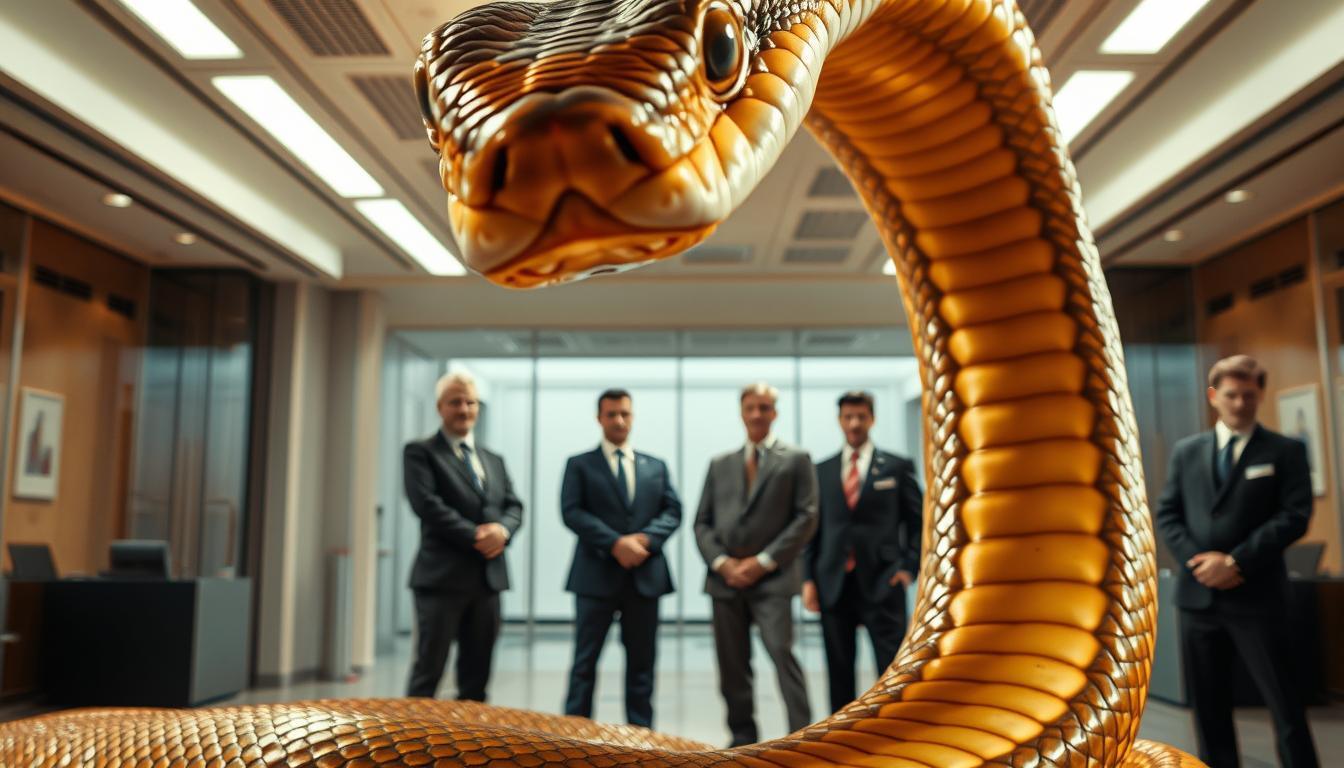Reputation is like glass—durable when whole, but easy to shatter from a small impact. This is the essence of the Reputation Fragility Mental Model. It shows how even minor errors can cause big damage in areas like brand management and public trust.
By seeing reputation as a nonlinear system, like a complex adaptive network, this model uses insights from behavioral economics and social psychology.
It explains why public figures and organizations often face big consequences for small mistakes.
Key Takeaways
- The reputation fragility mental model reveals how damage outpaces effort: 99% consistency is needed to avoid 1% missteps that derail careers.
- Social media turns private actions into public crises, making reputation management a daily must-do, not an afterthought.
- Antifragile strategies—like saving aggressively and diversifying income—are vital to survive market swings.
- High-risk tech careers demand “avoiding ruin” mindsets, as economic downturns reset industries.
Understanding Reputation as a Nonlinear System

Reputation doesn’t fall off in a steady way. It drops suddenly, like a bridge breaking under too much weight. The Reputation Fragility Mental Model shows this with nonlinear systems. Here, small actions can lead to big reactions.
This idea ties to the Butterfly Effect and Black Swan Theory. In these, small events can cause big problems. A single bad review or tweet can hurt a company’s image a lot. This is why a business can lose a lot of value in one day or see trust drop fast.
Understanding the Reputation Fragility Mental Model
Every decision you make affects how others see your brand. The Reputation Fragility Mental Model shows why small mistakes can damage trust built over years. It’s based on behavioral psychology and organizational theory, explaining how mental models affect reputation.
Origins and Development of the Mental Model
Psychologist Peter Senge introduced mental models, which are frameworks for problem-solving. Economists later applied this to study reputation impact.
For example, credit markets show that borrowers avoid risky loans if their online reputation could be harmed. These findings helped start the study of reputation fragility.
Core Principles Behind Reputation Fragility
Building a good reputation takes time, but it can break quickly. A single scandal can erase years of trust. Threshold effects are key: small issues might not be noticed until they reach a breaking point.
Think of a damaged online reputation. One viral complaint can overshadow many positive reviews. Fragility grows in systems where recovery is harder than prevention.
Threshold Effects and Trust Erosion
In fragile systems, small problems can go unnoticed until they become big. Then, the damage is done and can’t be fixed. This is very true for online platforms. One bad review or scandal can undo all the good work done over years.
Trust grows slowly but falls fast in crises. People who trusted you before might now stay quiet or speak out against you. This is the risk of threshold effects: problems are hidden until they’re too late to fix.
How Reputation Fragility Differs from Other Models

1. Reputation Fragility vs. Recency Mental Model
- Reputation Fragility: This concept shows how one event can ruin a long-built reputation. For example, a company known for quality might lose customer trust after one defective product hits the news.
- Recency Mental Model: This model shows how recent events are often given more weight when making judgments. For instance, you might think a friend is unreliable because they canceled plans last week, even if they’ve been dependable for years.
- Key Difference: Reputation fragility is about the consequences of a single event on a long-term perception of trust. On the other hand, recency is about the cognitive bias of prioritizing recent information in any decision. Recency can amplify reputation fragility (a recent mistake hurts more), but recency applies to all kinds of judgments, not just reputation.
2. Reputation Fragility vs. Confirmation Bias
- Reputation Fragility: This concept centers on how one negative event can flip a positive reputation, often unexpectedly. A politician with a clean record might lose voters’ trust after one scandal.
- Confirmation Bias: This describes how people seek or interpret information to confirm their existing beliefs. If someone already distrusts a politician, they’ll notice and emphasize that scandal to reinforce their view.
- Key Difference: Reputation fragility highlights the vulnerability of trust to a single event, while confirmation bias is about reinforcing pre-existing beliefs, whether positive or negative. Fragility can occur even when people don’t have a prior bias.
3. Reputation Fragility vs. Halo Effect
- Reputation Fragility: Focuses on how a single negative action can shatter a positive reputation. A beloved celebrity caught in a lie might lose their shine overnight.
- Halo Effect: Explains how one positive trait or action can create an overall positive impression, like assuming a good-looking person is also kind or smart.
- Key Difference: The halo effect is about a single positive trait boosting overall perception, while reputation fragility is about a single negative event destroying an overall positive perception. They’re almost opposites: halo builds up, fragility tears down.
4. Reputation Fragility vs. Availability Heuristic
- Reputation Fragility: Deals with how one mistake can overshadow a history of good deeds, like a restaurant losing customers after one bad review goes viral.
- Availability Heuristic: Describes how people judge likelihood or importance based on how easily examples come to mind. For example, you might think shark attacks are common because they’re vividly reported, even if they’re rare.
- Key Difference: Reputation fragility is specific to the damage a single event causes to trust, while the availability heuristic is about overestimating something’s importance based on memorable examples. A viral bad review (availability) can trigger reputation fragility, but the heuristic applies to broader judgments, like estimating risks.
5. Reputation Fragility vs. First Impressions (Primacy Effect)
- Reputation Fragility: Focuses on how a reputation, built over time, can collapse due to one event. A trusted brand might lose loyalty after a data breach.
- First Impressions (Primacy Effect): Highlights how initial encounters shape lasting judgments. If you meet someone rude at first, you might always see them as unfriendly.
- Key Difference: Reputation fragility is about losing a good reputation later on, while the primacy effect is about forming a reputation early. Fragility deals with the end of the story; primacy is about the beginning.
The Digital Acceleration of Reputation Risk

Digital platforms have made reputational risk a fast-moving issue. Algorithms often highlight the most extreme views. News headlines can twist facts, and online mistakes are never forgotten.
The Harvard Business Review notes that even companies with good online reputations face big problems from digital scandals. The Duke lacrosse case and the LIBOR scandal show that even cleared allegations can leave lasting damage.
Your Digital Reputation Is More Fragile Than You Think
Your online reputation takes years to build, but one mistake can destroy it in hours. Fixing a damaged reputation is expensive and uncertain. Harvard research shows how a single false accusation can cause lasting harm.
The 2006 Duke lacrosse case is also a prime example of how quickly trust can be broken.
“Small shocks can lead to large problems in financial markets.” – Financial Crisis Inquiry Commission
Why Reputation Loss Outpaces Reputation Growth
Reputation is a long game—until it’s not. Years of good customer service and ethical behavior can vanish quickly. The Reputation Fragility Mental Model shows how fast loss can outweigh gain.
This idea is seen in finance and psychology too. Loss aversion shows we feel losses more than gains. Reputation works the same way. A single bad event can harm your reputation more than many good ones.
Availability bias and confirmation bias make this worse. They make us remember bad news more than good. This can change how people see your brand forever.
The Asymmetry of Reputation Building vs. Destruction

Building trust takes decades, but it can be lost in a day. Harvard’s study highlights how companies with strong online reputation avoid risks. But, one scandal, like the LIBOR scandal, can erase years of good reputation. The statistics are clear: 12% of companies lose half their value in reputation crises.
The Amplification Effect of Social Media
Social media platforms can make small issues big problems. Algorithms focus on controversy, turning small mistakes into major crises.
A single tweet or misleading post can quickly turn into a big issue. The Duke scandal shows how fast online stories spread, even after legal issues are resolved.
Real-World Data on Reputational Impact
A single event can erase millions—or even billions—of dollars in brand value. Let’s look at real-world examples:
📉 Average shareholder loss after a crisis: 26% of company value
⚠️ Reputation-related risk exposure: 12% of companies lose over 50% of value
🚑 Case A: A fast crisis response helped one financial firm recover $3B
❌ Case B: Another firm’s slow reaction led to a $13B drop
This difference in results highlights the importance of having a crisis plan for your brand. It’s as vital as your marketing strategy. Prevention is always better than reacting after the fact.
And sometimes, acting quickly is more important than being perfect. This is why having a solid crisis plan is key.
Applying the Reputation Fragility Mental Model to Your Brand
Protecting your brand image begins with knowing where risks are. Think of BP’s 2010 Gulf of Mexico disaster. Its lack of planning for the worst caused lasting harm. Now, brands must find their own vulnerabilities, asking, “What could damage our trust?”
Start by checking your personal branding and how you connect with others. Leaders who are open, like Patagonia with its green efforts, can shield themselves from trouble.
Use reputation strategy tools to see how your actions affect trust. Tools like social listening alert you to problems before they get big.
Having a strong reputation strategy means being ready for when things go wrong. Volkswagen’s Dieselgate scandal showed that ignoring risks can destroy trust built over years.
By using mental models from experts like Lakshman Kannan (see here), brands can predict how today’s choices will affect their future. Regular checks—asking, “What if?”—spot weak spots before trouble hits.
Remember, 72% of companies now focus on reputation risk (Vig et al., 2017). By using this model in your brand image plan, you turn weakness into wisdom. Saving your reputation isn’t just fixing problems; it’s building a strong base that stands up to surprises.
Case Study Spotlight – BP, Volkswagen, and Patagonia
BP’s Deepwater Horizon disaster cost over $65B and permanently damaged its environmental credibility.
Volkswagen’s Dieselgate scandal showed how hiding problems worsens long-term trust.
Patagonia, on the other hand, gained trust by staying transparent and aligned with values—even during supply disruptions.
These examples show that using the Reputation Fragility Mental Model doesn’t mean you can’t make mistakes. It means you prepare for them, minimize blowback, and reinforce trust in advance.
Strategies to Strengthen Your Reputation Resilience
Protecting your brand’s integrity starts with taking action. It’s not just about PR—it’s a company-wide effort. With 51% of businesses unprepared for reputation risks, acting now can protect your brand.
Start by treating reputation strategy as a core business function. Leadership should drive transparency and accountability across teams.
Proactive Reputation Management Techniques
Use tools like real-time social listening and employee training on ethical decision-making. Regular audits of supplier relationships and community impact programs build trust. Even small adjustments, like diversifying suppliers or publishing sustainability reports, can help.

Creating Multiple Positive Reputation Anchors
Build “anchors” like charitable partnerships, innovation milestones, or employee recognition programs. Company A’s supply chain diversification showed adaptability during shortages. These anchors act as safeguards, reinforcing trust when one area falters.
Think of it as planting multiple seeds so no single storm uproots your brand.
Developing a Reputation Recovery Plan
Prepare for setbacks with a clear reputation repair blueprint. Define response protocols for scenarios like data breaches or leadership changes. Include prewritten communication templates, crisis simulations, and a list of trusted advisors.
Remember, 74% of firms prepare for supply chain risks but neglect reputation plans. Learn from Company B’s mistakes, where poor crisis plans amplified fallout.
Tools and Resources for Monitoring
Use platforms like Brandwatch or Google Alerts to track mentions in real time. Pair these with annual third-party audits of supplier ethics and customer feedback.
The Reputation Fragility Mental Model framework can guide teams in spotting early warning signs. Regular reviews ensure your brand stays ahead of hidden risks.
Conclusion
The Reputation Fragility Mental Model is key for today’s leaders and marketers. It combines network theory, risk psychology, and digital systems thinking. It shows how easily our perceptions can break.
In the business world, we see brands loved one day and hated the next. Recovery is hard, costly, and slow. That’s why building reputation resilience is essential.
This approach means focusing on ethical leadership and being ready for crises. It also involves monitoring in real-time and having multiple trust points. Remember, trust is nonlinear: it can vanish quickly and is hard to regain.
Using this model, you move from reacting to planning. You create brands that are not just strong but also prepared.


